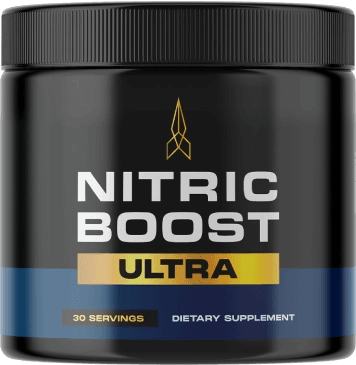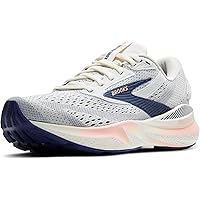Introduction
Functional fitness focuses on training your body for everyday activities, emphasizing strength, mobility, balance, and coordination. Unlike workouts that isolate muscles, functional fitness helps men move better in daily life, reducing injury risk and improving overall quality of life.
This article explores what functional fitness is, why it matters for men, and how to design a practical routine that enhances real-world strength and mobility.
What Is Functional Fitness?
Functional fitness trains muscles to work together efficiently during common movements. It improves your ability to perform tasks like lifting, carrying, bending, twisting, and climbing with ease and safety.
Common functional exercises mimic these movements and engage multiple muscle groups simultaneously.
Why Functional Fitness Matters for Men
- Improves daily life activities: Makes tasks like lifting heavy objects, gardening, or playing with kids easier.
- Reduces injury risk: Stronger muscles and better mobility protect joints and prevent falls.
- Enhances athletic performance: Supports better movement mechanics and power in sports.
- Supports healthy aging: Maintains independence and balance as you get older.
- Builds overall strength: Focuses on practical, usable strength, not just aesthetics.
Key Components of Functional Fitness
- Strength: Build the muscle needed to perform everyday tasks.
- Mobility: Maintain joint health and flexibility for fluid movement.
- Balance: Improve stability to prevent falls and injuries.
- Coordination: Enhance neuromuscular control for smooth, efficient movement.
- Endurance: Sustain activity levels throughout the day without fatigue.
Effective Functional Fitness Exercises for Men
- Squats: Mimic sitting and standing motions.
- Deadlifts: Teach safe lifting techniques.
- Lunges: Improve single-leg strength and balance.
- Push-ups: Build upper body and core strength.
- Planks: Strengthen core stability.
- Kettlebell swings: Develop explosive power and hip mobility.
- Farmer’s carry: Enhance grip strength and endurance.
Sample Functional Fitness Routine
Warm-up: 5-10 minutes of dynamic stretches and light cardio
Circuit (3 rounds):
- 10 squats
- 10 push-ups
- 10 lunges per leg
- 30-second plank
- 20-meter farmer’s carry with moderate weight
- 15 kettlebell swings
Cool down: Stretch key muscle groups and foam roll as needed.
Tips for Success
- Focus on proper form to avoid injury.
- Start with bodyweight or light weights, then progress gradually.
- Incorporate mobility drills to improve range of motion.
- Perform functional workouts 2-3 times per week for best results.
- Combine with cardio and strength training to cover all fitness bases.




